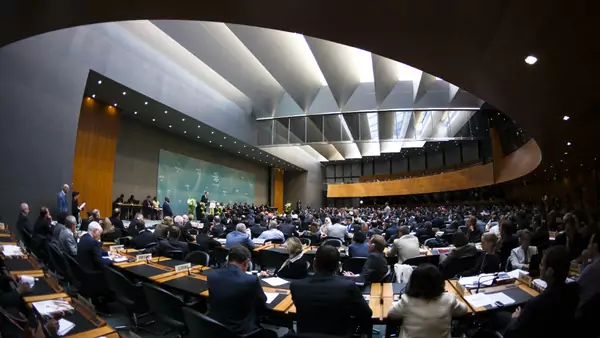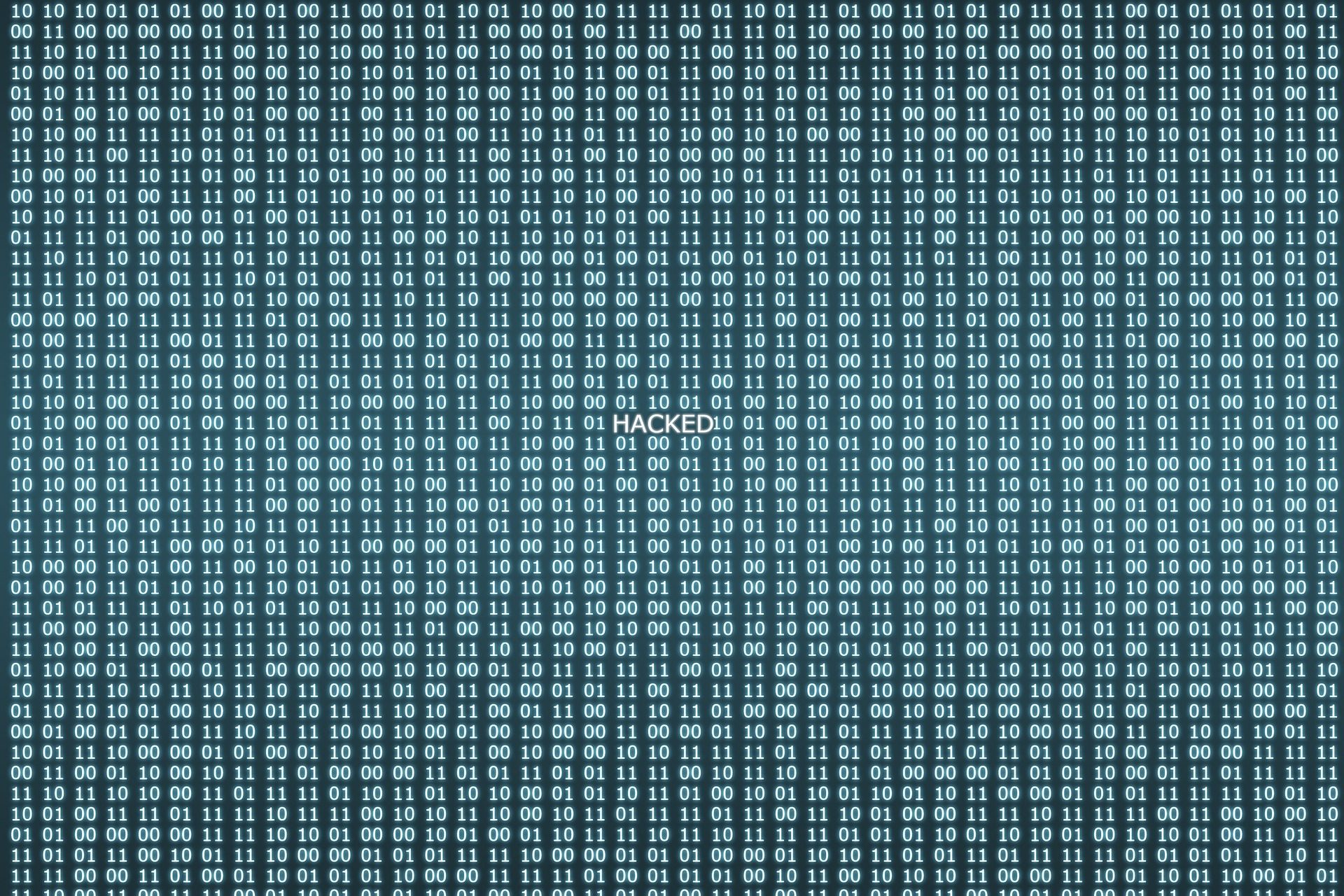Against the backdrop of former U.S. president Ronald Reagan’s Star Wars program, Satish Dhawan, a pioneer of the Indian space program, observed that time would tell whether Indian activities in space would remain exclusively civilian and pacifist.1 Around three decades later, on March 27, 2019, Indian Prime Minister Narendra Modi surprised the world with his announcement that India had become the fourth country to conduct an anti-satellite (ASAT) missile test (after the United States, Russia, and China). The test on March 27 was preceded by an unsuccessful one in February; but that doesn’t eclipse the significance of the exercise. Only three publicly recorded ASAT tests have been conducted since the end of the Cold War, and, arguably (the possession of latent capabilities notwithstanding), it is the actual testing of a technology that represents a salient transformation in a country’s capabilities.
Dubbed “Mission Shakti” (shakti denotes “power” in Sanskrit), the test entailed launching a ballistic missile into outer space to destroy an Indian satellite located about 300 kilometers above the earth’s surface, in low earth orbit (LEO)—which ranges between 80 kilometers and 2,400 kilometers above the earth’s surface, depending on contrasting definitions. The direct-ascent missile destroyed the satellite kinetically, in under three minutes, by the sheer impact of the collision rather than a warhead-induced explosion. India reportedly adapted its missile defense interceptor, the Prithvi Defense Vehicle Mark-II, into an ASAT weapon, making it the third country to demonstrate the capability for a direct-ascent kinetic kill.2 Though its technological antecedents have been engendered through the ballistic missile defense program since 2006, recent global and regional dynamics arguably catalyzed Mission Shakti. The ineluctable questions now revolve around the mission’s intentions, impact, utility, and potential next steps.











/arc-anglerfish-arc2-prod-mco.s3.amazonaws.com/public/H7BPQJM57RDMRFPCXBAR6PF6AE.jpg)








/arc-anglerfish-arc2-prod-mco.s3.amazonaws.com/public/YKRD22O5FFDRFN6I3WACP5TBPE.jpg)